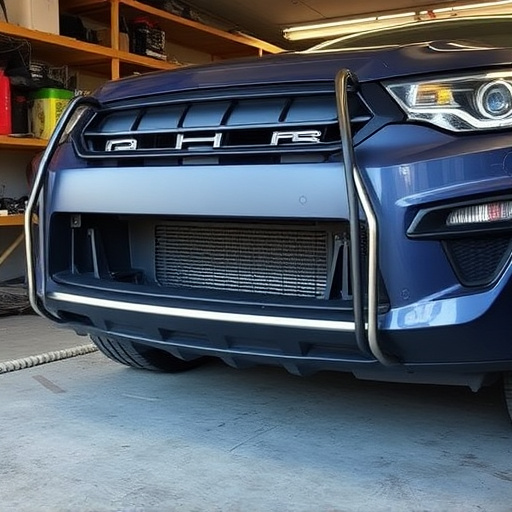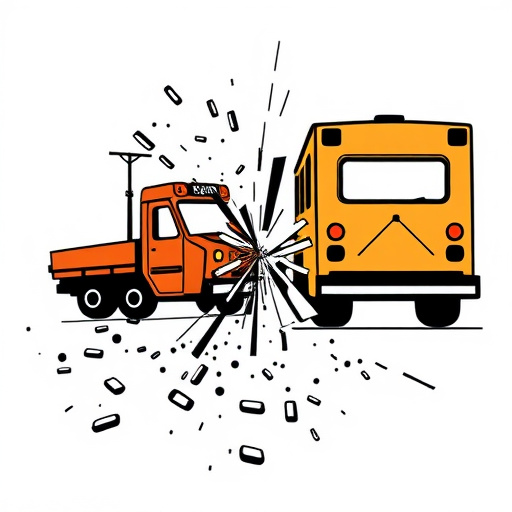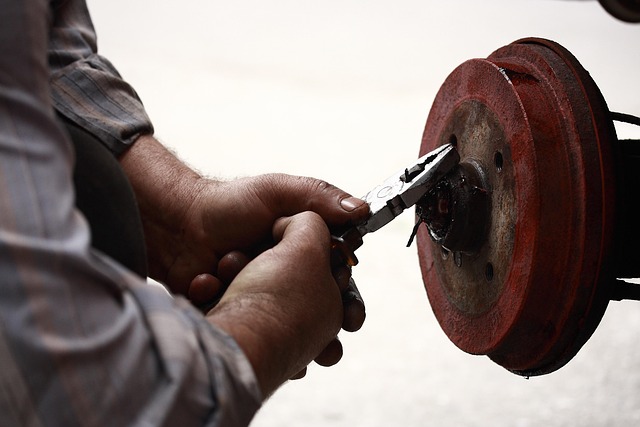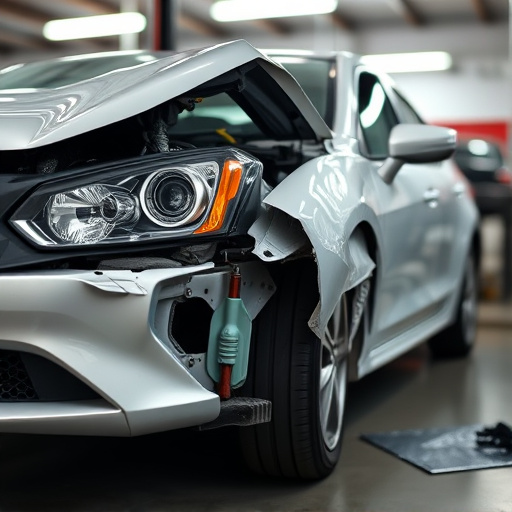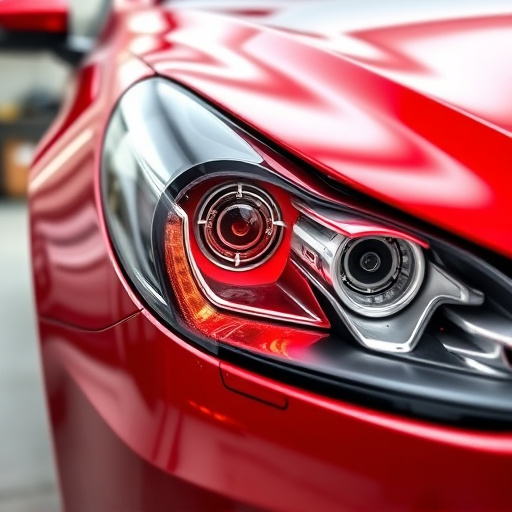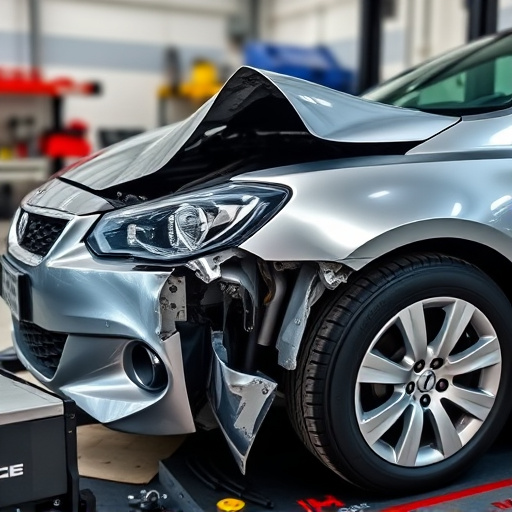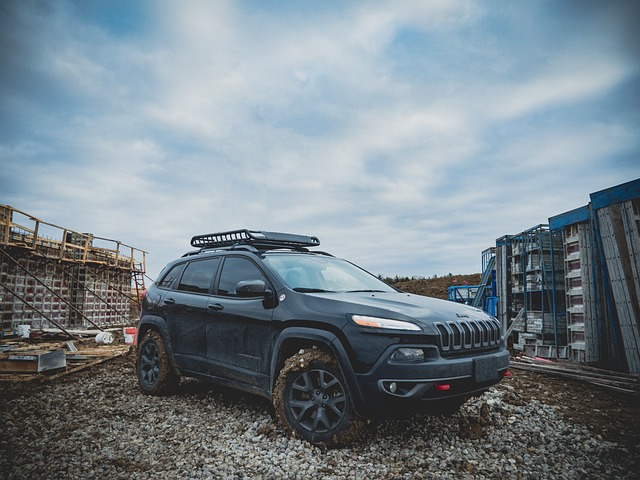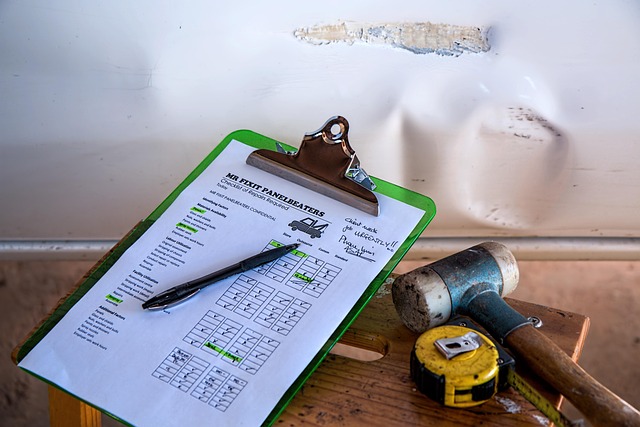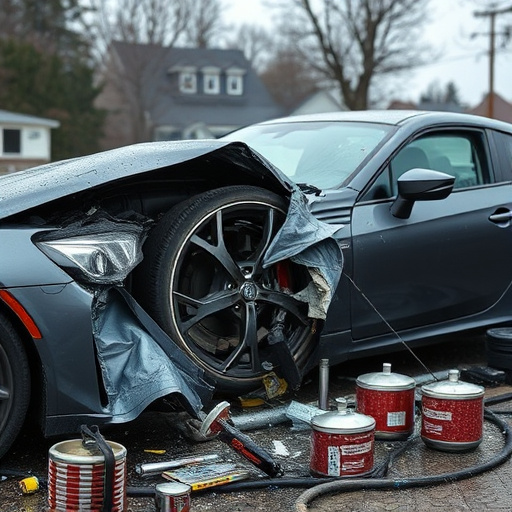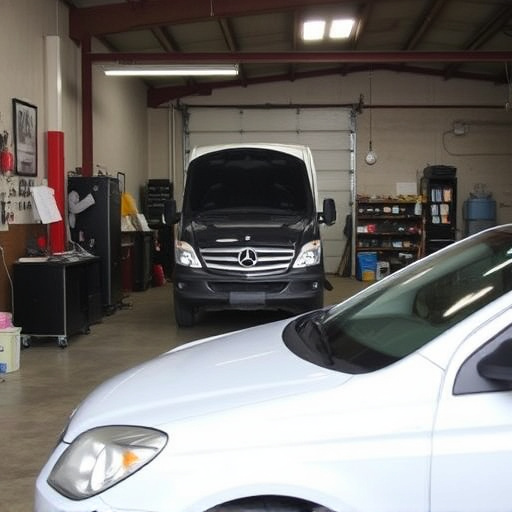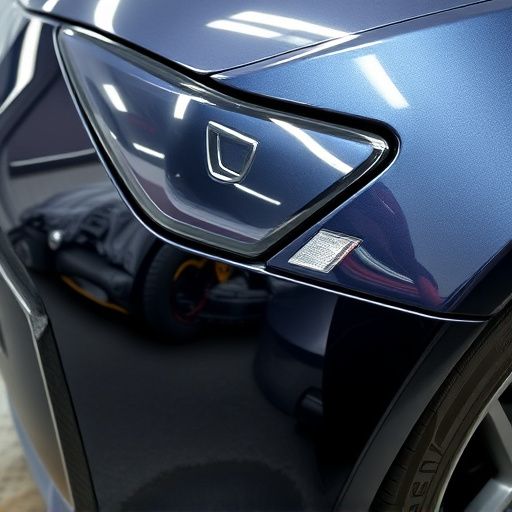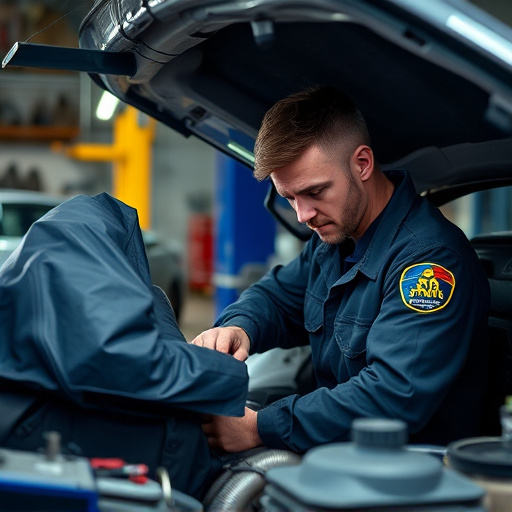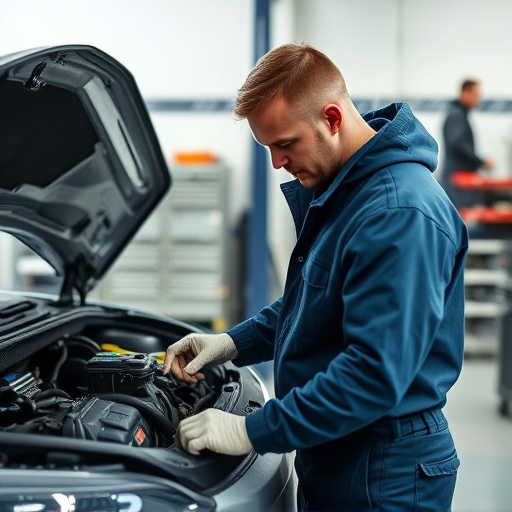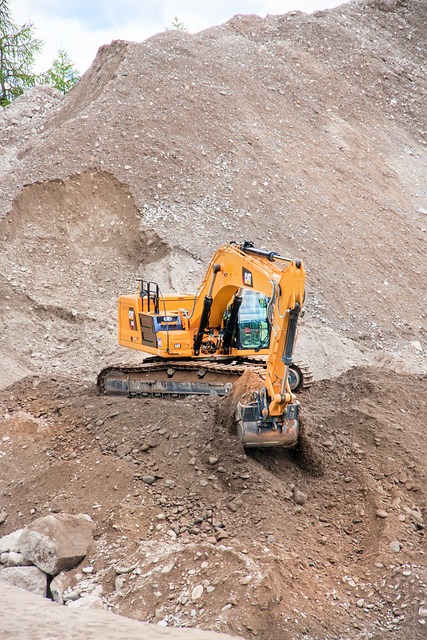Tesla's collision diagnostics utilize sensors and software to monitor driving conditions and swiftly analyze data during collisions, determining impact severity and location. Reputable Tesla-specialized auto repair shops interpret these diagnostics, perform calibrations, and offer tire services to maintain optimal performance of life-saving airbag and restraint systems, surpassing industry standards for safety.
“Tesla vehicles are renowned for their innovative technology and safety features, with advanced collision diagnostics playing a pivotal role. This article explores the intricacies of Tesla’s collision diagnostics specifically tailored for airbag and restraint systems. We’ll delve into how these diagnostics ensure optimal performance during accidents, offering peace of mind to Tesla owners. Understanding the process behind ‘Tesla collision diagnostics’ is crucial in comprehending the brand’s commitment to passenger safety.”
- Understanding Tesla Collision Diagnostics for Airbags
- Restraint System Testing: A Deep Dive into Tesla's Approach
- Ensuring Safety: The Role of Advanced Diagnostics in Teslas
Understanding Tesla Collision Diagnostics for Airbags

Tesla collision diagnostics for airbags and restraint systems are a sophisticated and crucial aspect of modern vehicle safety. These advanced systems are designed to detect and analyze the severity of accidents, enabling rapid deployment of airbags and other restraints to protect occupants. By understanding Tesla’s collision diagnostic processes, car repair shops can efficiently service and maintain these life-saving mechanisms.
Through a combination of sensors and software, Tesla vehicles continuously monitor various parameters during driving. In the event of a collision, this data is swiftly analyzed to determine the impact’s intensity and location. This enables the vehicle’s computer to make split-second decisions regarding airbag deployment, ensuring optimal protection for every passenger. Reputable auto repair services specializing in Tesla models are equipped to interpret these diagnostics, perform necessary calibrations, and offer comprehensive tire services to keep these safety systems at peak performance.
Restraint System Testing: A Deep Dive into Tesla's Approach

Tesla’s approach to restraint system testing is a cornerstone of its collision diagnostics. Unlike conventional automotive repair services, Tesla leverages advanced technology to thoroughly evaluate airbag deployment and safety belt functionality in the event of a fender bender or more severe collision. Their process involves integrating sophisticated sensors and data analytics to simulate real-world crash scenarios, ensuring every component functions as intended.
Through this deep dive into restraint system testing, Tesla not only meets but exceeds industry standards. The company’s commitment to safety extends beyond mere compliance, driving continuous innovation in car paint services and overall vehicle performance. This meticulous approach translates to enhanced passenger protection, offering peace of mind for owners and setting a new benchmark in the automotive industry.
Ensuring Safety: The Role of Advanced Diagnostics in Teslas

In the pursuit of unparalleled safety, Tesla has integrated advanced diagnostics into its collision systems, setting a new standard in the automotive industry. These sophisticated tools play a pivotal role in ensuring the integrity and effectiveness of airbag deployment and restraint mechanisms following an accident. By leveraging Tesla collision diagnostics, the company is able to swiftly assess damage, detect subtle malfunctions, and make data-driven decisions for repairs—all crucial aspects in maintaining the safety of its passengers.
Advanced diagnostics facilitate a meticulous evaluation process that extends beyond visual inspections. They empower luxury vehicle repair specialists in auto body shops to pinpoint issues with precision, ensuring thorough repairs that restore not just structural integrity but also the reliable functioning of safety systems. This meticulous approach to Tesla collision diagnostics is reflective of the brand’s commitment to pushing boundaries and delivering on its promise of unparalleled safety standards across all models.
Tesla’s advanced collision diagnostics system, encompassing both airbag and restraint mechanism testing, represents a significant leap forward in automotive safety. By leveraging sophisticated technology, Tesla ensures their vehicles meet stringent safety standards while continuously refining these systems through continuous diagnostics and updates. This proactive approach to Tesla collision diagnostics not only enhances passenger safety but also underscores the company’s commitment to fostering a safer motoring experience across its fleet.
